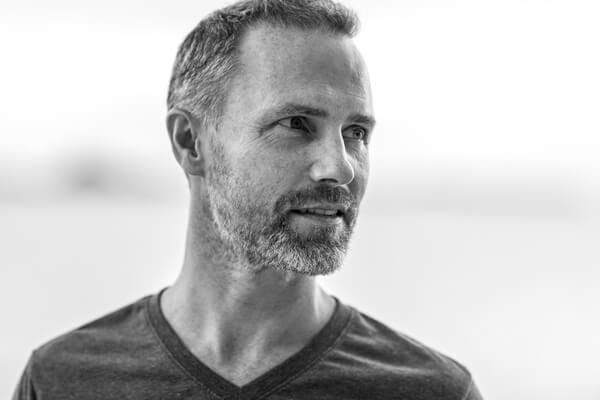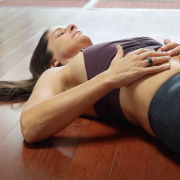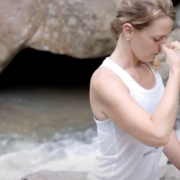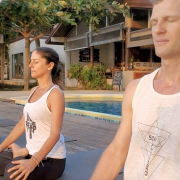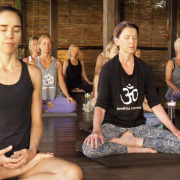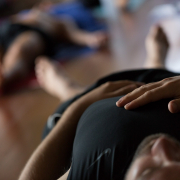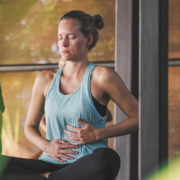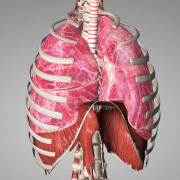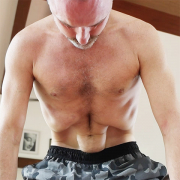 https://samahitaretreat.com/wp-content/uploads/2020/09/paul-nauli-training.jpg
480
480
Dr. Paul Dallaghan
http://samahitaretreat.com/wp-content/uploads/2024/01/samahita-logo-v2.svg
Dr. Paul Dallaghan2020-09-08 06:42:562023-11-02 04:46:421 Minute Yoga – Nauli Training
https://samahitaretreat.com/wp-content/uploads/2020/09/paul-nauli-training.jpg
480
480
Dr. Paul Dallaghan
http://samahitaretreat.com/wp-content/uploads/2024/01/samahita-logo-v2.svg
Dr. Paul Dallaghan2020-09-08 06:42:562023-11-02 04:46:421 Minute Yoga – Nauli TrainingBreathing Exercises to Relieve Anxiety & Panic Attacks
You can address both an anxiety attack and the ongoing burden of anxiety through breathing exercises. You can do this as its own technique or in combination with other therapies or medication you are being supervised in. It is not meant to replace other treatment. If you are on medication or in other support therapy treatment it is wiser to continue with that and build up the breathwork practice gradually. It is not recommended to drop prescribed medication or other treatments in the hope that breathwork will fix it. Any benefit from these practices come from a regular practice over the long term.
A: Breathwork in response to an anxiety or panic attack:
- Laying prone breath
- Lay down on the front of your body on the floor/mat/bed/couch
- Fold arms and cross them under your forehead
- Put most attention on your inhale
Inhale to medium capacity – belly and side ribs expand so it feels your back rises up
Exhale without any extra effort – allow it to flow out and sink with it
Aim for at least 20 breaths like this or more until the condition is returned to normal
The nature of the position puts a stronger gravitational force on the exhale which is why little effort is needed. A panic or anxiety attack is typically accompanied by hyperventilation which is a form of excessive exhales within quickened breathing. Now a longer, smoother, medium full inhale while laying on your belly allows maximum massage from the diaphragm to the upper abdominal stress site. Any physiological abnormalities can stabilize.
A more enduring anxiety state, without some of the acute reactions of an attack, then needs to be addressed and transformed physiologically. In short, you are living in a prolonged fight-fright-flight state. It needs direct intervention to reduce its chronic impact.
This routine is targeted at managing an acute anxiety state. To use breathwork to manage an ongoing anxiety burden see this practice (B). To learn a 10-minute breathwork routine for stress see the Quad-Ratio Breath post. To grow your breathwork practice into a regular routine for stress and anxiety see this practice (C). To learn more on the background and how these routines are integrated within a more comprehensive approach to stress and anxiety see these two articles.
Dr. Paul Dallaghan’s expertise with breathwork, body and meditative practices comes from three sources: (1) three decades of daily dedicated practice and teaching these techniques; (2) uniquely acknowledged in the Yoga tradition by the title of “Master Yogi-Prānācharya (expert in breath)”, following an immersion in the original culture through one-on-one direct training in practice and study of ancient texts; (3) a PhD in doctoral scientific research at a leading US university (Emory) covering both the tradition and science of yoga and breath practices in terms of stress, health and aging. As a result, Paul occupies a unique space to impart genuine teaching and science on the breath, body, and meditative practices, seen as a Teacher-of-teachers and identified to carry on the tradition of Pranayama. His sincere and ongoing role is to teach, write and research, to help put out experienced and authentic information on these areas of how we live, breathe and be, to help people improve their mental and physical health, and live more fulfilling lives.
For more on his background see his bio
More from the Samahita Blog

